Deck & Commander Strategies
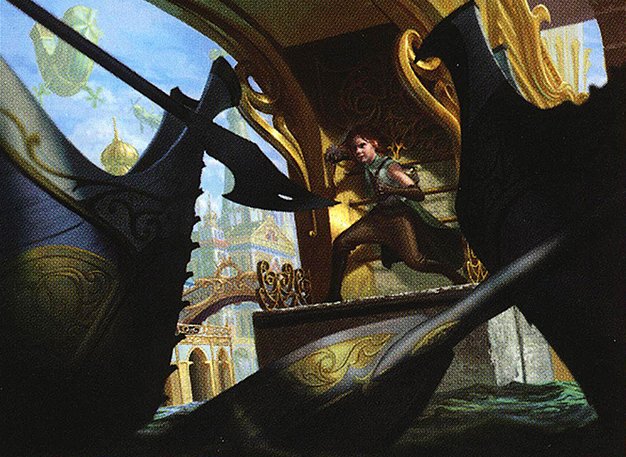
Chandra, Fire of Kaladesh
A fast red burn and mana acceleration strategy aiming to disrupt opponents with direct damage spells and pressure the board quickly.
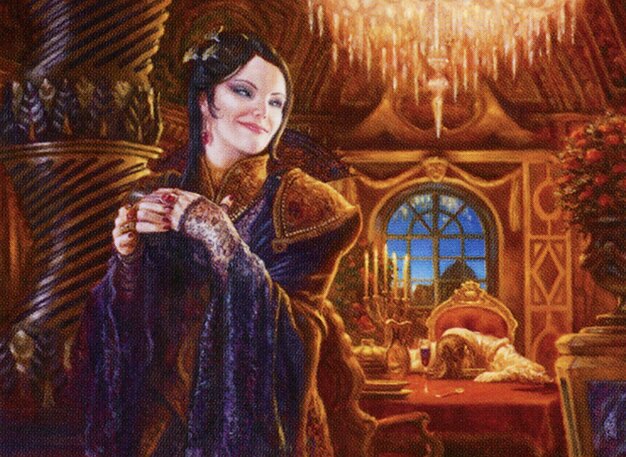
Marchesa, the Black Rose
A midrange deck focused on manipulating life totals and leveraging the throne mechanic to recur creatures and maintain board presence.

Sliver Overlord
An aggressive sliver tribal deck that deploys numerous slivers, including flying slivers, to overwhelm opponents with synergy and air superiority.

Lathril, Blade of the Elves
An elf tribal deck focused on ramping mana and swarming the board with elves to create overwhelming combat damage and synergy.
Gameplay Insights
- 1
The use of Factor Fiction early in the game provided significant card advantage and information, influencing subsequent decisions on land and spell priorities.
- 2
Marchesa's life payment and life manipulation synergized well with her throne mechanic, allowing her to maintain tempo and recur threats despite aggressive board states.
- 3
Sliver Overlord's deployment of flying slivers forced opponents to adapt to a new aerial threat, shifting board control dynamics.
- 4
Chandra's inclusion of Goblin Bombardment offered a potential sacrifice outlet for additional damage, blending well with the deck's aggressive red strategy.
- 5
Mana accelerants like Ancient Tomb and Manic Crypt enabled explosive early plays across multiple decks, accelerating the game's pace.
Notable Cards
-
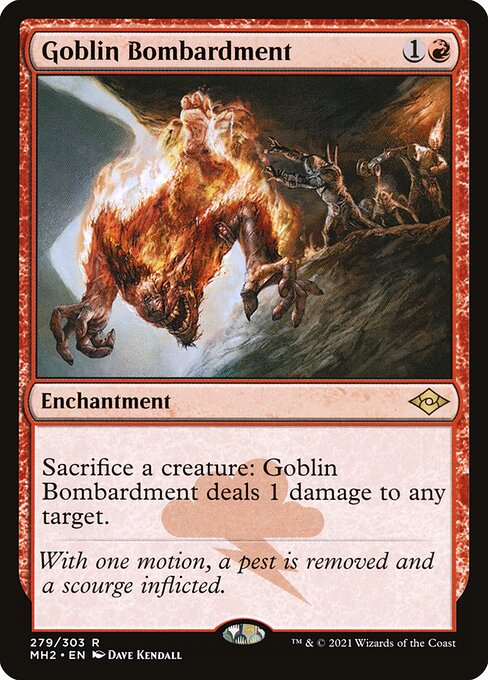
Goblin Bombardment
-

Ancient Tomb
-
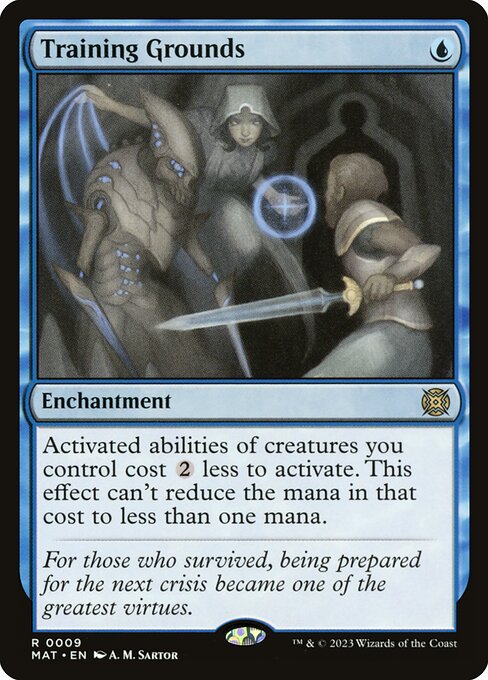
Training Grounds
-
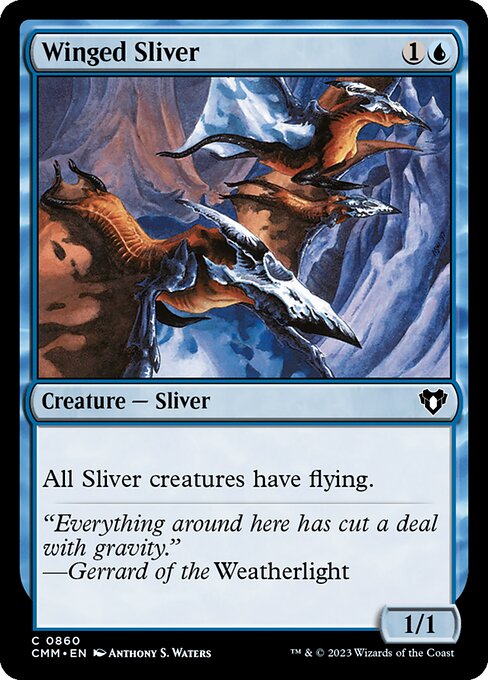
Winged Sliver
-

Exotic Orchard
-
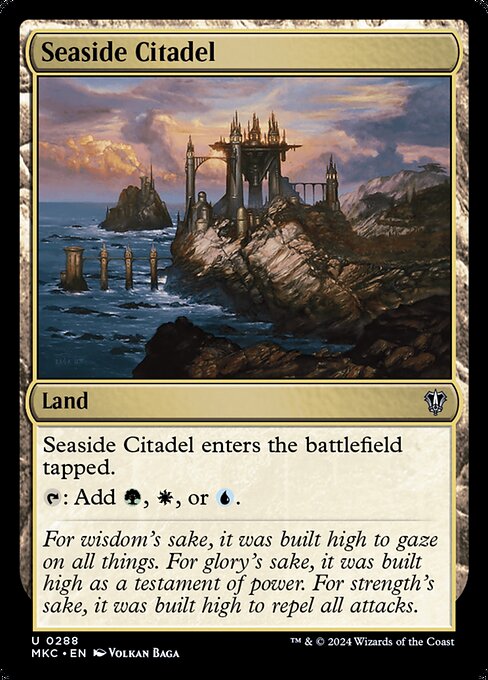
Seaside Citadel
Gameplay Summary
The game featured four distinct decks led by Chandra, Fire of Kaladesh; Marchesa, the Black Rose; Sliver Overlord; and Lathril, Blade of the Elves, each showcasing their unique strategies.
Early game developments saw Chandra setting up with aggressive red mana acceleration and burn spells while Marchesa utilized her throne mechanic and life manipulation to maintain board presence.
Sliver Overlord focused on deploying a swarm of flying slivers to establish air superiority and pressure opponents, while Lathril's elf tribal deck ramped into multiple elves aiming to leverage synergy and overwhelming board presence. A key turning point was the deployment of multiple powerful slivers, including winged slivers granting flying to the team, which shifted the tempo in favor of the Sliver Overlord deck.
Meanwhile, Marchesa's use of life payment and recursion from the throne mechanic allowed her to stay in contention despite early aggression.
Chandra looked to control the board with burn spells and mana acceleration, trying to disrupt opponents' plans.
The elf deck sought to outpace others with rapid creature deployment and combat damage.
The game revolved around maintaining board control, resource advantage, and leveraging tribal synergies, with pivotal moments including the casting of Factor Fiction to generate card advantage and the presence of key mana accelerants like Ancient Tomb and Manic Crypt.
Ultimately, the game highlighted the tension between aggressive tribal swarms and control-oriented strategies.




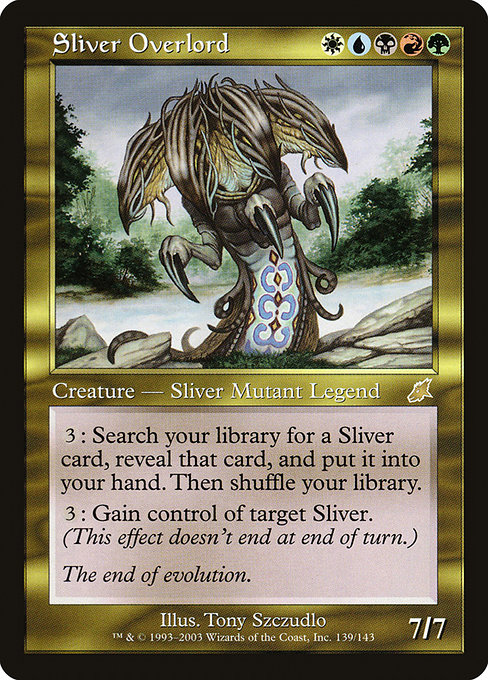
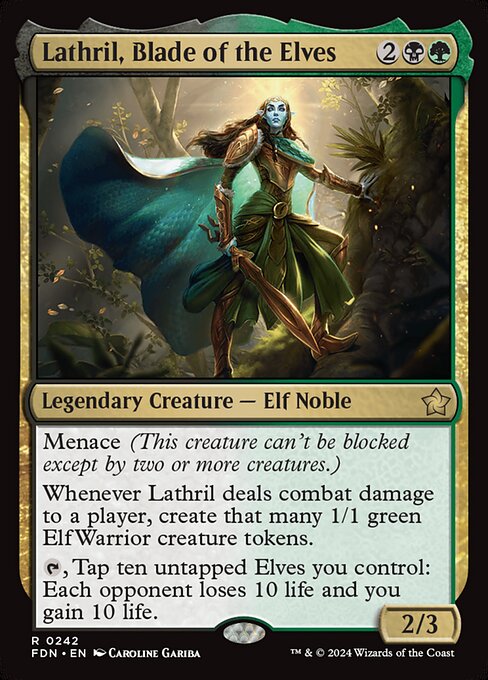













![Commander VS S1E2: Keranos v. Marchesa v. Animar v. Ruric Thar [MTG Multiplayer] thumbnail](https://i.ytimg.com/vi/zQYgG45Yzuk/sddefault.jpg)

![Commander Versus Series: Marchesa v. Selvala v. Grenzo v. Muzzio [MTG Multiplayer] thumbnail](https://i.ytimg.com/vi/_6xdmzdhTDg/sddefault.jpg)





![Commander VS S1E1: Nissa v.Jace v. Liliana v. Chandra [MTG Multiplayer] thumbnail](https://i.ytimg.com/vi/_oze3hbkW8g/sddefault.jpg)





![Kumena vs Edgar vs Nekusar vs Chandra [EDH/Commander, Magic The Gathering Gameplay] 2021 thumbnail](https://i.ytimg.com/vi/1LObEITm-qw/sddefault.jpg)



![Commander VS S1E9: Oloro vs Norin vs Sliver Overlord vs Pharika [MtG: Multiplayer] thumbnail](https://i.ytimg.com/vi/PULZd7d2g_c/sddefault.jpg)














